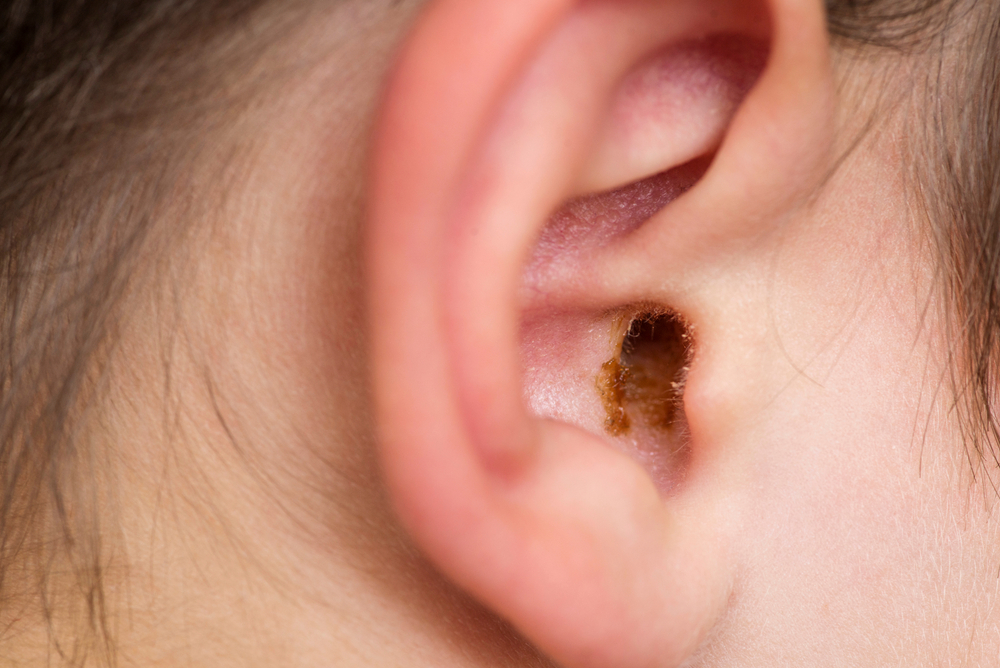
It’s likely that earwax and its accumulation haven’t been subjects of significant consideration for you, except maybe during ear hygiene routines. However, understanding what causes earwax, how it develops, and its purpose is crucial.
What triggers the accumulation of earwax?
Earwax, also technically called cerumen, is made up of a mix of sweat, skin particles, hair, debris, and ceruminous gland secretions. Earwax will appear as a waxy substance that will usually be yellow, orange, brown, or even grey.
While the production amount of earwax differs from person to person, adults usually generate less earwax than kids. Kids also typically have softer earwax that’s lighter in color than adults.
Earwax gets expelled or washed out after passing the outer ear canal and reaching the opening of the ear.
Why do we need earwax?
Here are a few essential functions that earwax serves:
- Safeguarding and lubricating the skin lining the ear canal, thereby preventing dryness and itchiness.
- Fending off possible infections that might develop within the ear canal.
- Acting as a protective barrier against external irritants such as dirt, dust, and other foreign particles before they penetrate deeper into the ear.
Obstructions caused by earwax
Typically, there’s no critical need to remove earwax from your ears unless it becomes impacted, a prevalent problem associated with earwax. Sometimes, earwax is unable to easily get to the opening of the ear due to narrow or abnormally shaped ear canals.
Poor ear hygiene methods, like using cotton swabs or bobby pins, can unintentionally push wax deeper into the ear canal.
Individuals wrestling with hearing loss who use earplugs or hearing aids are also predisposed to experiencing ear canal blockages.
How excessive earwax can affect hearing
The presence of earwax blockages might yield mild discomfort and impact auditory health.
Ringing in the ears, or tinnitus, could also happen.
Acoustic trauma might result in long-term hearing loss, perforated eardrums, and long-term hearing loss if earwax obstructions go neglected.
How do you deal with impacted wax?
If you think you have an earwax blockage, consulting us quickly is essential. Depending on the severity of the blockage, you may be advised to make use of over-the-counter wax softening drops or a bulb syringe for gentle irrigation to relieve the condition.
Give us a call right away if you need some assistance with an earwax blockage.






